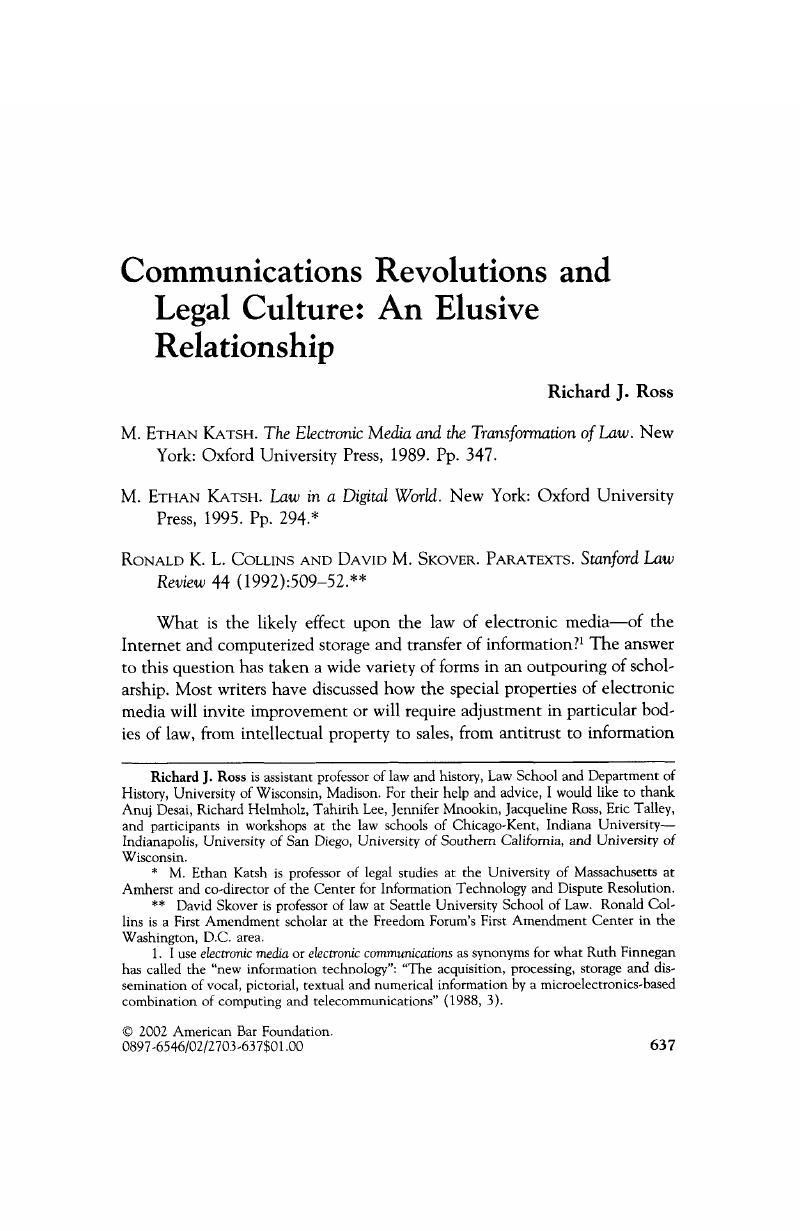Crossref Citations
This article has been cited by the following publications. This list is generated based on data provided by Crossref.
Edelman, Lauren
and
Galanter, Marc
2015.
International Encyclopedia of the Social & Behavioral Sciences.
p.
604.





